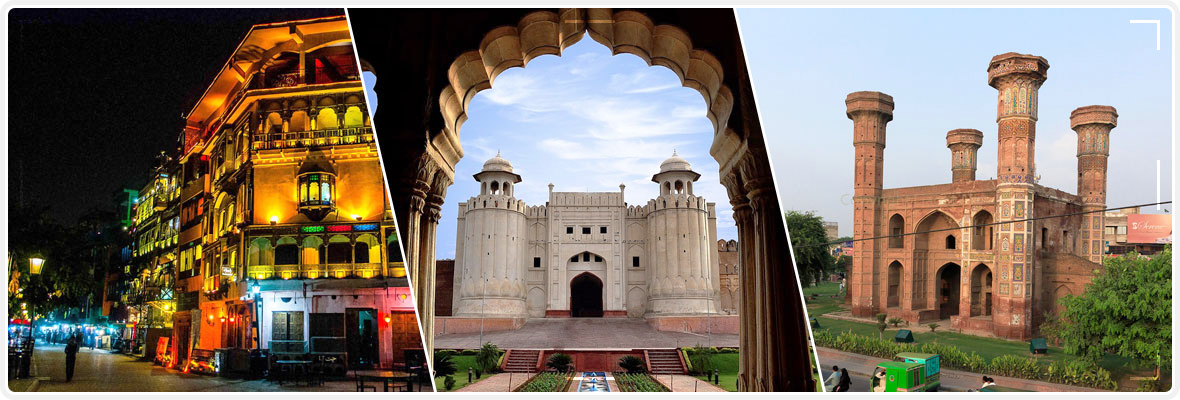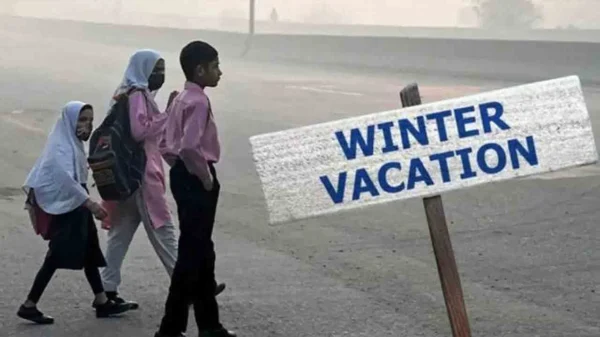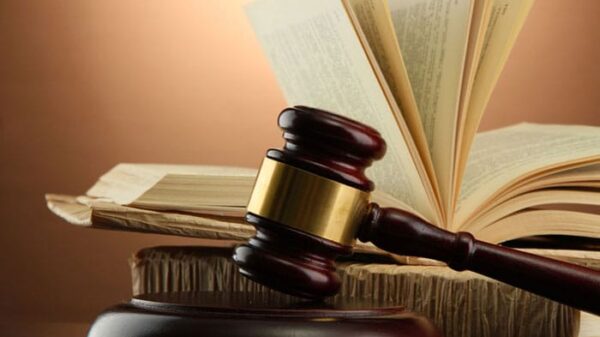You would almost think Lahore is all greasy food, loud rickshaws, and 76.59 percent air pollution. But then there are things of timeless beauty from the city’s storied past scattered all around us in the form of majestic buildings of a myriad forms from the Badshahi Mosque to the Sheesh Mahal of Lahore Fort.
Historic buildings are memorials of human activity and serve as a link with the past. They are a trust and it is the duty of the present generation to ensure that they are passed on to posterity without their authenticity being impaired or their essential scheme of aesthetics and setting being altered.
Unfortunately, such buildings are found more or less in disrepair. These sites tell Lahore’s story and require a substantial amount of care. Despite knowing how important historical sites are for the present and the link to the past for Pakistan, there is little to no maintenance of these sites. No initiatives are taken for the reconstruction, renovation or repair of these sites.
Take for example the Shahi Qila. A visit to this exquisite piece of architecture could be quite depressing as the Fort is in dire need of repair and restoration. Although the Qila’s lawns are decorated beautifully, there is a still lot of room for improvement.
During their long reign, the Mughal rulers of Lahore built a wall with twelve gates to protect the city from enemy attacks. Some of these collapsed over time. Out of the twelve gates, colloquially known as Darwazas, of Lahore and one mori (drain), only one Roshnai gate remains in its original condition today. The other Darwazas – Mochi, Lohari, Shah Alami, Kashmiri, Delhi, Akbari, Bhati, Masti, Taksali, Sheeranwala, and Yaki – are still there but in dire need of attention.
Historical sites like the Shahi Qila, the Sheesh Mahal are all open for public visitation. Due to the utter inadequacy of the official stewardship and irresponsible attitude of the visiting throngs, these places are enduring the worst kinds of littering and pollution.
The government of Punjab needs to do something about the issue. We need to preserve these buildings in their original form and proper condition not only for coming generations but also for the preservation of our culture and history.
National heritage is ‘anything of national significance which is handed down and preserved through generations especially, architecture, landscapes, documents, and other artifacts’.
Each of us has parts of the past that connect us to the future. Old photographs, turned sepia. The old pandan (betel-box) that a grandmother used. A family house holding wonderful memories. A piece of jewellery passed down from one generation to the next.
Whatever we treasure, a part of our past is part of our heritage. It’s not just personal heritage that is important. National heritage holds equal amounts of importance as it links us as a community to the past, present and the future.
Though the National Archaeological Department has traditionally been responsible for preserving these sites, it is upon every Pakistani to do their share in ensuring the sites are not damaged or polluted in any manner by their visits.
The authorities would do well to undertake urgent measure to mend the situation. First, there needs to be a special team that is always present in public parks and buildings to look after public property. Second, anyone found littering and polluting these historical sites should be fined a hefty amount on the spot. Third, the government should run an awareness campaign among the citizens for a litter-free and beautiful historical Lahore.
It is hoped the government of Punjab and its Archaeology Department will consider this important issue and will do some repairs to the Shahi Qila as well as to all the historical buildings of Punjab so that our coming generation are not deprived of the opportunity these buildings offer to stay in touch with our past.
Experts believe that Lahore is losing its heritage to the hands of capitalism in the form of plazas, large stores, and warehouses for clothing, footwear, electronics, and utensils.
In the past, the inner city was a sight to behold and a great tourist destination for people from all over the world because of these historic buildings, beautiful Mughal era gates, and unique architecture. But now, much of the area is lined with broken roads, street encroachments, and chaotic traffic.
According to statistics reported by the Express Tribune, 1,003 buildings in the inner city are classified as dangerous. More than 500 of the 1,003 hazardous buildings, the Walled City of Lahore Authority says, are on the verge of collapse.
Under the old city restoration plan by the Walled City of Lahore Authority, a body has been given the responsibility for the conservation, planning and development of these sites. Work has been ongoing for the last few years only on the royal corridor from Delhi Gate to the Royal Fort.
While the provincial administration has dished out more than PKR 210 million for renovations, the inner city of Lahore awaits a desperate cash injection to preserve what remains of its history.
When asked about the status of these sites, chief minister’s adviser on tourism Asif Mehmood said that the biggest problem at hand in archaeological and cultural heritage restoration was the paucity of funding.
Prime Minister Imran Khan has said his government is committed to preserve and restore all historical sites in the country. In a tweet, he said Lahore Fort has been restored and preserved for future generations of Pakistan.
He is on the money: It is of great importance that we preserve and restore the essence of Lahore’s history so that the future generations of Pakistan are able to form links to their past and their national heritage. Only, the authorities need to realise is that money spent on preservation of our heritage is money well spent.










